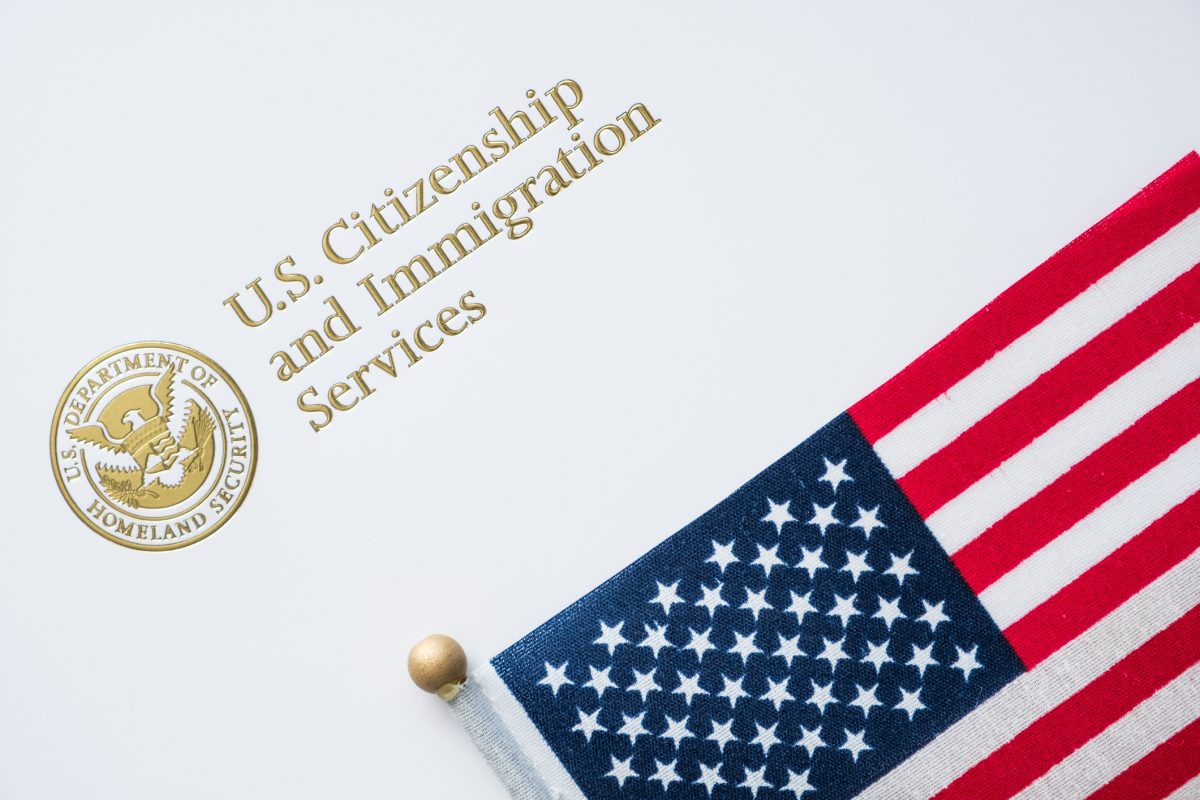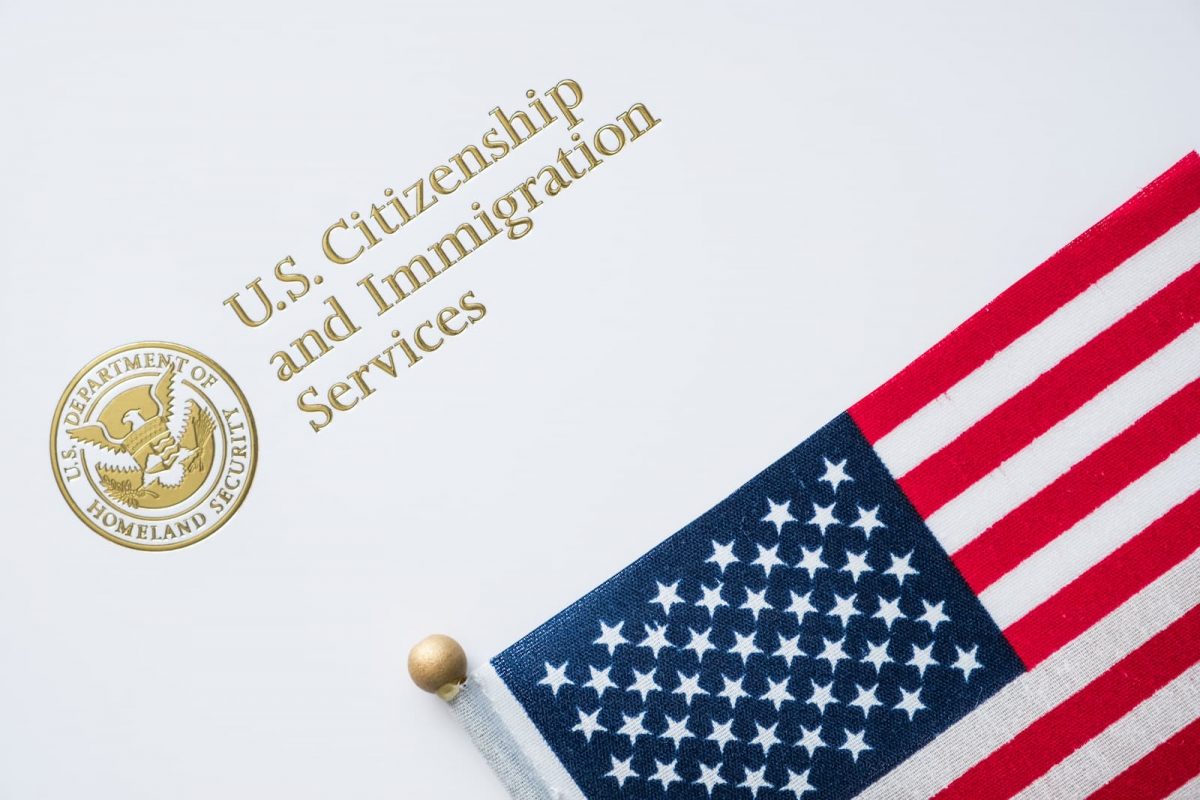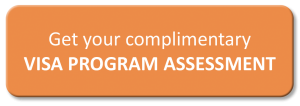Here's what you should know
If you aren’t a Canadian citizen or permanent resident, you are a visitor, which allows you to do a few things. First, you can come to Canada on vacation, to see family, or to conduct some manner of business. Your stay is restricted, and you need to follow some rules. One of them might be that you need a visa, especially if you plan to work in Canada.
These IMM 5257 visas will be significant for you to enjoy your stay in Canada, and they are also a little complicated to get (though, are only some government documents? Thankfully, rather than dealing with the headaches that can arise when you try to get a visa alone, you can instead focus on reading this article and getting all the help you need.
What Temporary Work Visas Can You Get?
There are two different types of work visas that you can apply for. The first is an employer-specific work permit that allows you to work in Canada while you follow the conditions on the license. These conditions include the name of the employer you can work for, how long you can work, and sometimes where you can work.
You will also need a full copy of your employment contract and the offer of employment number or a copy of the labor market impact assessment. This can be useful if a specific employer in Canada already hires you and is entering the country to work a particular job.
An Open Work Permit allows you to work for any employer in Canada during your stay, except for those on the list of blacklisted employees.
Additionally, you may need a medical exam if you have lived in certain territories or countries for 6 months or more or have applied to come to Canada within one year. Additionally, suppose you plan to work in certain occupations (such as in the field of healthcare, with children, or within agriculture occupations). In that case, you will need a medical exam no matter what.
You will not need a medical exam if you want to work in Canada for six months or less and do not meet the above conditions. Once you have your work visa and all the paperwork from your employer, you can begin the application process.
Using an IMM 5257 PDF Template
Having a template to work off of can be a lifesaver, especially with government documents. You need to work off of an IMM 5257 PDF Template, and one that is correct and fully updated. Then, you can confidently fill in the blanks and submit your information correctly. No worries, no fuss, and you can work in Canada if your other documents are handled correctly.
How To Apply For A Temporary Work Visa
You can apply for a temporary work visa online and must submit various forms. These can include, but are not limited to, IMM 1295—Application for Work Permit Made Outside of Canada, Schedule 1—Application for Temporary Resident Visa, and Family Information Form IMM 5645.
Additionally, you will need a valid passport, two applicable photos of yourself, police record certificates, and bank statements proving you have enough funds to remain in Canada while having enough funds to return home, as well as your resume. You will also need extra documents if you bring your spouse and family members.
Now, all of this can be extremely overwhelming, and if you make a mistake, forget to include a document, or have another problem happen, you will need to start over. That can be a massive problem, especially if you have a job that can’t wait.
Can I Extend My Temporary Work Visa?
If your work permit is still valid, then you can extend it. Whether you have fallen in love with the job, the country, the food, or the people, you can extend your temporary work visa while in Canada as long as you meet the following conditions.
You must make any changes, alterations, or extensions at least 30 days before the visa expires, and you can’t extend your work permit beyond the expiration date of your passport. However, other than those conditions, extending your temporary work visa is pretty straightforward. Whatever drew you to Canada, you can continue experiencing it until your passport expires.
No matter what you plan to do, you can get a temporary work visa in Canada. Just make sure you get the steps right the first time!
Contact Global Mobility Solutions today for more information on work visas and relocating to Canada.
We're Here to Help! Request a Courtesy Visa Program Consultation
Properly managing a visa and immigration program involves meticulous coordination, precise communication, and worldwide interaction with government agencies, corporate personnel, and relocating employees.
At GMS, we provide you with peace of mind in knowing your mobility program is fully compliant and being managed by the best in the industry.
Request a no-pressure, courtesy consultation from a GMS Mobility Pro. We’ll be in touch within 1 business day.









